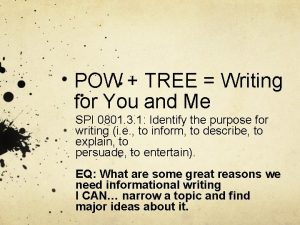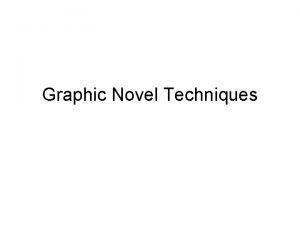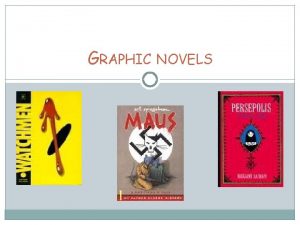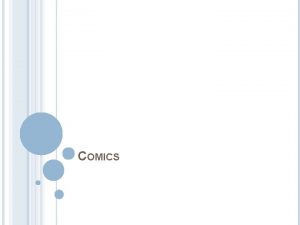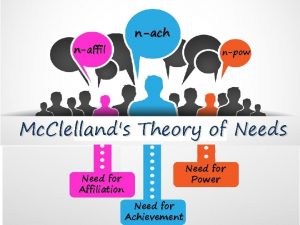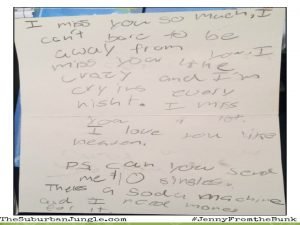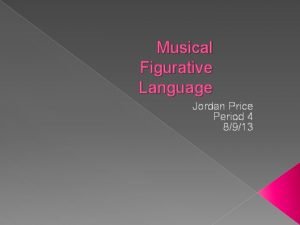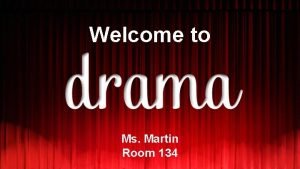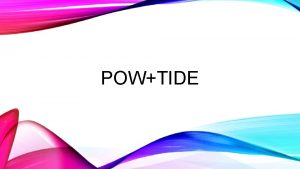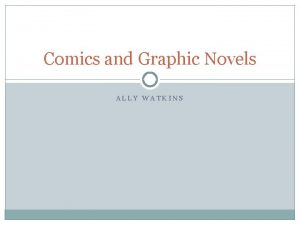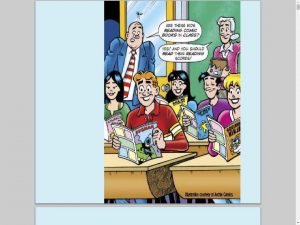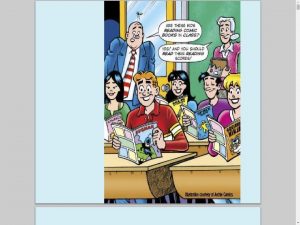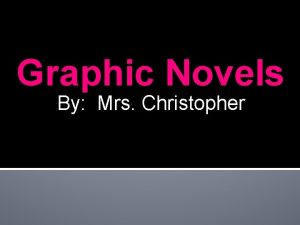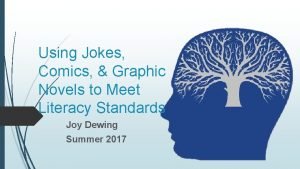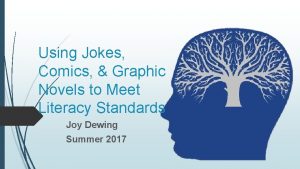POW Using Comics and Graphic Novels in Your












- Slides: 12

POW! Using Comics and Graphic Novels in Your Classroom Jennie Painter 4 th Grade Language Arts and Social Studies Campobello Gramling School

Comics A Picture is Worth a Thousand Words.

My Roadblocks & Rationale �Roadblocks �Rationale �We compete for �Student interest and students’ attention. �Gathering resources to teach content, are age appropriate, and motivating to read. �Personal views about literature. motivation. �Content can be taught alongside the visual stimulation. �Reading strategyvisualization and inference �Bridging Literacies

Why use Comics and Graphic Novels? � Graphic Novels and comics appeal to a wide range of learning styles. � Graphic novels and comics are proven tools for motivating reluctant readers. � Successful reading of sequential art requires successful use of critical thinking, visual rhetoric, and deductive reasoning skills. � The National Council of Teachers of English requires that twenty -first century readers and writers need to “create, critique, analyze and evaluate multi-media texts, ” as well as have the ability to “manage, analyze and synthesize multiple streams of simultaneous information. ” � Quotes from website-Graphic Classroom: The power and pedagogy of comix

Research says… � The potency of the picture story is not a matter of modern theory but of anciently established truth. Before man thought in words, he felt in pictures. . . It's too bad for us "literary" enthusiasts, but it's the truth nevertheless, pictures tell any story more effectively than words. (Sones, 1944, p. 239) �Sones, W. (1944). The comics and instructional method. Journal of Educational Sociology, 18, 232 -240. � Clearly, the five identified strengths of comics - that comics is motivating, visual, permanent, intermediary, and popular - can be harnessed in practically any subject and at practically any grade level. Many innovative teachers have already done so with much success �Gene Yang, author of Comics in Education

Goals & Standards �According to Common Core State Standards: �Anchor Standards in Reading for K-5�Students must integrate and evaluate content presented in diverse media and formats, including visually and quantitatively, as well as in words. �Integration of Knowledge and Ideas � RL. 4. 7. Make connections between the text of a story or drama and a visual or oral presentation of the text, identifying where each version reflects specific descriptions and directions in the text. � Range of Text Types for 6 -12 Literature Includes the subgenres of adventure stories, historical fiction, mysteries, myths, science fiction, realistic fiction, allegories, parodies, satire, and graphic novels

Using Comic Strips to Teach Content. History �American History Comic Books by Joseph D’Agnese and Jack Silbert -Funny Bone Books �Set the Stage or hook. �Reinforce or review �Pilgrims of Plymouth, Boston Tea Party, Midnight Ride of Paul Revere, The Constitution and the Bill of Rights, The Lewis & Clark Expedition, California Gold Rush

Possible Mentor Text Sets �Primary (K-3): Benny and Penny, Baby Mouse, Chicken and Cat, Oops, Tuesday, Magic School Bus, Picture Book Biographies, If You Lived When…, �Elementary (4 -6): Lightening Thief, Artemis Fowl, Dear Dumb Diary, Diary of a Wimpy Kid, Bone, Smile, The Invention of Hugo Cabret, Foiled, Laika, American Born Chinese �Middle / JH: Persepolis: The Story of a Childhood, To Dance, The Arrival, Maus I & II o Any classic novel in graphic form- Treasure Island, Tom Sawyer, Frankenstein, Call of the Wild, Black Beauty

Genre Study: Comics and Graphic Novels � Introduction text Class noticings � Structure � Punctuation � Text features � Craft � Close Study- Graphic Novels � Mini-lessons: quotation marks to dialogue balloons; inferred action (when to leave out the words); comic text structures

Noticings- Graphic Novels �Colors �Storyboard for a video game �Pictures add meaning �Onomatopoeia �Don’t have to be read cover to cover, episodes �Story told through dialogue �Cliffhangers �

Into the Social Studies Class aka Writing under the Influence 1. 2. 3. 4. 5. 6. After studying the genre, now it is time § for students to ‘write under the influence’. § Background content on the American § Revolution has been taught, now for the project assessment. § Students, in groups of 3, will create a comic strip of 5 to 8 panels to illustrate a major event from the unit. Students choose an event from the time period and research if needed. Groups then decide what they want to include in the panels: characters, props, background, dialogue, and captions. In the computer lab, groups will publish their comic strip. Make Beliefs Comix www. makebeliefscomix. com/ Toon. Doo -www. toondoo. com Strip Generator stripgenerator. com/strip/create/ Write Comics – www. writecomics. com/

Sources � Sones, W. (1944). The comics and instructional method. Journal of Educational Sociology, 18, 232240. � Gene Yang, author of Comics in Education � www. geneyang. com/comicsedu/index. html �“Teaching Early Readers Comics and Graphic Novels” by Katie Monnin �“Using Graphic Novels in the Classroom” by Melissa Hart �Gretchen E. Schwarz ‘Graphic Novels for Multiple Literacies’ Journal of Adolescent & Adult Literacy. November 2002
